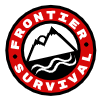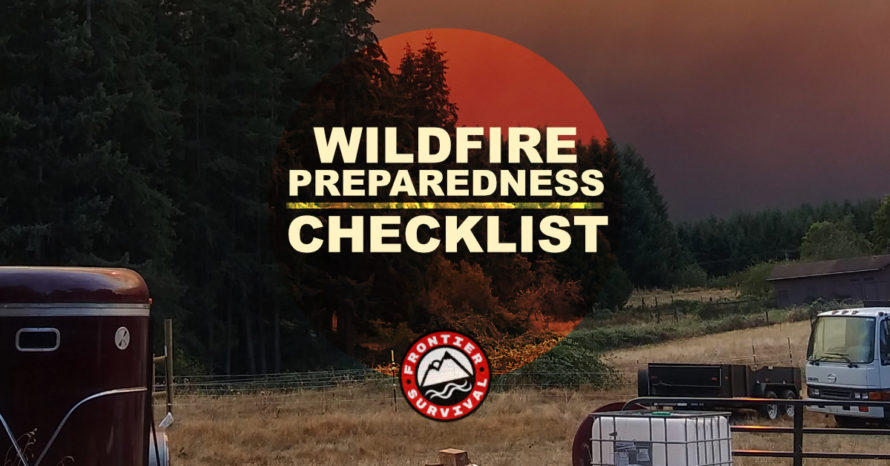With wildfire season raging once again it’s important to put together your family’s wildfire preparedness checklist.
2021 has already been a record-breaking year for heat and wildfires in the United States.
Several states across the US are currently being ravaged by the wildfires, and large swaths of the country are inundated with smoke that the wildfires are producing.
In Southern Oregon the Bootleg wildfire has burned approximately 413,562 acres as of the end of July, and there are reports of fires as far east as Kentucky and Pennsylvania.
No matter where you live, it’s now more important than ever to anticipate how large wildfires could directly or indirectly affect you.
5 Important Points to Consider for Your Wildfire Preparedness Checklist
1. Have a Wildfire Plan
Wildfires can spread incredibly quickly, and can be extremely unpredictable.
Having a plan BEFORE a wildfire is threatening your property and home is essential.
If there are any wildfires in your region then you need to be on high alert, and know what you will do if the fire suddenly arrives at your doorstep.
Create an evacuation plan with your family, and have a common meeting spot agreed upon in advance.
It is also important to have easy access to fire extinguishers and windows around the house.
Important tip: if you’re caught off guard and disoriented by smoke in the house then feel the walls and the door of the room you are in to get a sense of where any heat source(s) may be coming from.
2. Have Your Evacuation Supplies Ready
Determine a location ahead of time that you can retreat to if your home is threatened by a wildfire.
In some rural communities you have to get miles away from a fire to be safe enough from it.
This is due to the unpredictable nature a wildfire has, especially in a heavily forested area where fuel is everywhere.
For ultimate preparedness, have a camper trailer or RV set up and stocked with supplies for a quick getaway when a wildfire is spreading in your area.
3. Remove Flammable Materials From Around the Home
This would entail regular property maintenance ESPECIALLY for forested properties, or properties with trees that shed and drop dying leaves and debris on the ground all year long.
Be sure to also manage any tall grass and vegetation, and create a fire break around the perimeter of your property.
Also, consider placing fire resistant barriers around your house for added protection.
This can be a good spread of gravel or low-growing plants that are heat resistant and are recommended for your area.
This is called a defensible space and should be at least five feet wide around the base of your home.
This is especially important in forested and mountainous terrain.
4. Maintain Your Home
In addition to maintaining the property surrounding your home, it is also important to do regular maintenance inside of and directly around your home.
For example, you should do bi-monthly checks of every smoke detector in your home.
Always attend to your patio appliances and tools when in use, and keep properly maintained before and after use; this includes propane tanks and other tools and appliances that are flammable and/or give off immense heat.
Any shed or outdoor storage that houses flammable materials or tools should be a well-ventilated space.
5. Gain Knowledge from the Community
The final point is to gain as much from people that are familiar with the evacuation plans of the city.
Talk to your local fire department that works in and around where you live.
Check your county’s website for updates on fires, alerts on extreme weather events, and even power outages here.



